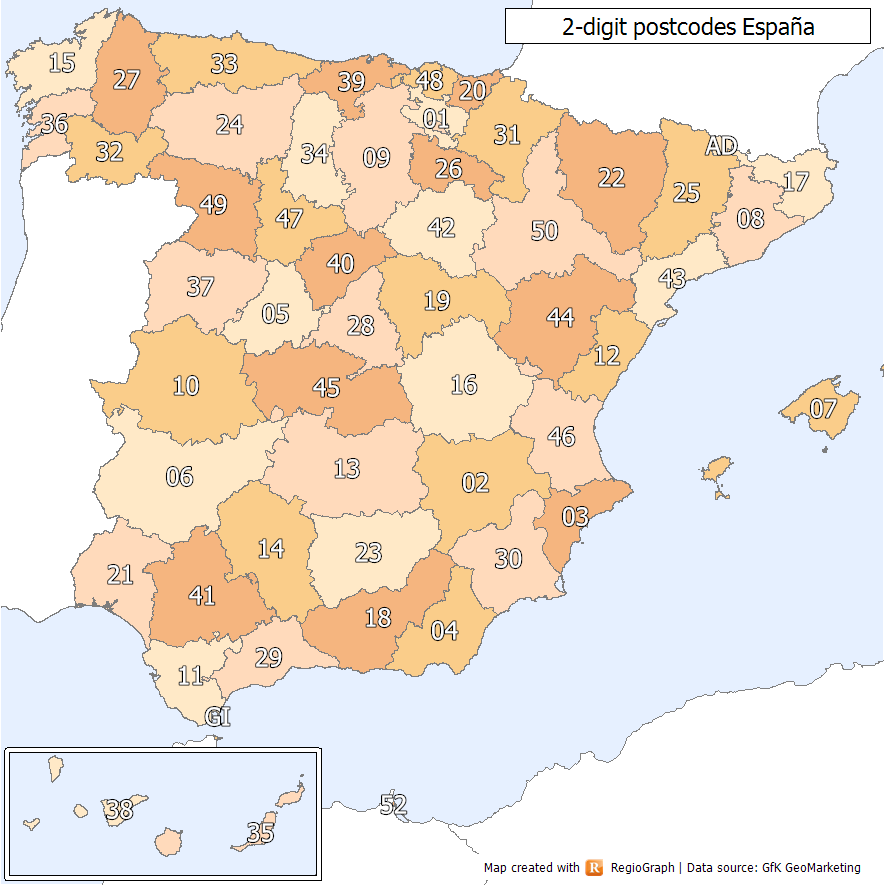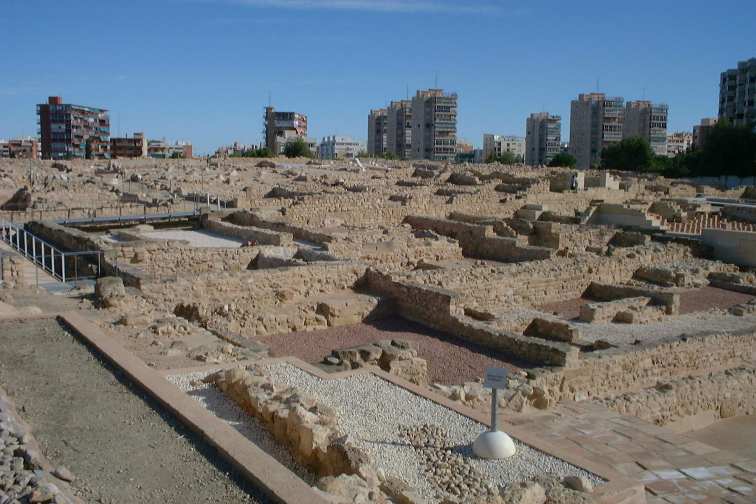|
Càrcer
Càrcer () is a municipality in the ''comarca'' of Ribera Alta in the Valencian Community, Spain. Infrastructure Education With a population near 2.120, ''Càrcer'' has a public school's ''Pare Gumilla'', and ''Cárcer High School''. The village also has a music school (Unió Musical Càrcer) Hospitals The village has the ''Centre de salut Càrcer'' (Medical Center) and is near from ''Alzira Hospital'' and ''Hospital Lluís Alcanyís de Xàtiva'' Notable people * José Gumilla, a Jesuit priest who wrote a natural history of the Orinoco River The Orinoco () is one of the longest rivers in South America at . Its drainage basin, sometimes known as the Orinoquia, covers approximately 1 million km2, with 65% of it in Venezuela and 35% in Colombia. It is the List of rivers by discharge, f ... region References Municipalities in the Province of Valencia Ribera Alta (comarca) {{valencia-geo-stub ... [...More Info...] [...Related Items...] OR: [Wikipedia] [Google] [Baidu] |
Ribera Alta (comarca)
Ribera Alta (; ) is a Comarques of the Valencian Community, ''comarca'' in the Provinces of Spain, province of Valencia (province), Valencia, Valencian Community, Spain. Origin The Júcar, Xúquer, the largest river of the Valencian Community, is most characteristic of the Ribera Alta, bringing water from the basin to fertilise this plain, situated to the south of the Valencia. The economy of this predominantly agricultural region is based primarily upon the orange harvest, a crop which has been cultivated since the 18th century. From its rich historical and artistic heritage, the most noteworthy of all of the region’s treasures are the towns of La Pobla Llarga, Carcaixent and Alzira, Valencia, Alzira. These, alongside a rich and varied gastronomy and an extensive festival calendar, make this region, which is still virtually untouched by tourists, a very attractive area in which to spend time. Municipalities *Alberic, Valencia, Alberic *Alcàntera de Xúquer *L'Alcúdia * ... [...More Info...] [...Related Items...] OR: [Wikipedia] [Google] [Baidu] |
Municipalities Of Spain
The municipality (, , , , , )In other languages of Spain: *Catalan language, Catalan/Valencian (), grammatical number, sing. . *Galician language, Galician () or (), grammatical number, sing. /. *Basque language, Basque (), grammatical number, sing. . *Asturian language, Asturian (), grammatical number, sing. . is one of the two fundamental territorial divisions in Spain, the other being the Provinces of Spain, provinces. Organisation Although provinces of Spain, provinces are groupings of municipality, municipalities, there is no implied hierarchy or primacy of one over the other. Instead the two entities are defined according to the authority or jurisdiction of each (). Some autonomous communities also group municipalities into entities known as ''comarcas of Spain, comarcas'' (districts) or ''mancomunidades'' (commonwealths). The governing body in most municipalities is called ''Ayuntamiento (Spain), ayuntamiento'' (municipal council or municipal corporation, corpora ... [...More Info...] [...Related Items...] OR: [Wikipedia] [Google] [Baidu] |
List Of Postal Codes In Spain
Spanish postal codes were introduced on 1 July 1984, when the introduced automated mail sorting. They consist of five numerical digits, where the first two digits, ranging 01 to 52, correspond either to one of the 50 provinces of Spain or to one of the two autonomous cities on the African coast. Two-digit prefixes The first two digits of a Spanish postal code identify the province or autonomous city it belongs to. The numbers were assigned to the 50 provinces of Spain ordered alphabetically at the time of implementation. The official names of some of the provinces have since changed, either to the regional language version of the name (e.g. from the Spanish to the Basque ) or to adopt the name of the autonomous community instead of the provincial capital (e.g. Santander to Cantabria). In these cases, the originally assigned code has been maintained, resulting in some exceptions to the alphabetical order. In addition, Ceuta and Melilla were originally included within the ... [...More Info...] [...Related Items...] OR: [Wikipedia] [Google] [Baidu] |
Orinoco River
The Orinoco () is one of the longest rivers in South America at . Its drainage basin, sometimes known as the Orinoquia, covers approximately 1 million km2, with 65% of it in Venezuela and 35% in Colombia. It is the List of rivers by discharge, fourth largest river in the world by Discharge (hydrology), discharge volume of water (39,000 m3/s at Orinoco Delta, delta) due to the high precipitation throughout its catchment area (ca 2,300 mm/a). The Orinoco River and its tributaries are the major transportation system for eastern and interior Venezuela and the Llanos of Colombia. The environment and wildlife in the Orinoco's basin are extremely diverse. Etymology The river's name is derived from the Warao language, Warao term for "a place to paddle", itself derived from the terms ''güiri'' (paddle) and ''noko'' (place) i.e. a navigable place. History The mouth of the Orinoco River at the Atlantic Ocean was documented by Christopher Columbus on 1 August 1498, during his Christo ... [...More Info...] [...Related Items...] OR: [Wikipedia] [Google] [Baidu] |
Natural History
Natural history is a domain of inquiry involving organisms, including animals, fungi, and plants, in their natural environment, leaning more towards observational than experimental methods of study. A person who studies natural history is called a naturalist or natural historian. Natural history encompasses scientific research but is not limited to it. It involves the systematic study of any category of natural objects or organisms, so while it dates from studies in the ancient Greco-Roman world and the mediaeval Arabic world, through to European Renaissance naturalists working in near isolation, today's natural history is a cross-discipline umbrella of many specialty sciences; e.g., geobiology has a strong multidisciplinary nature. Definitions Before 1900 The meaning of the English term "natural history" (a calque of the Latin ''historia naturalis'') has narrowed progressively with time, while, by contrast, the meaning of the related term "nature" has widened (see also ... [...More Info...] [...Related Items...] OR: [Wikipedia] [Google] [Baidu] |
Jesuit
The Society of Jesus (; abbreviation: S.J. or SJ), also known as the Jesuit Order or the Jesuits ( ; ), is a religious order (Catholic), religious order of clerics regular of pontifical right for men in the Catholic Church headquartered in Rome. It was founded in 1540 by Ignatius of Loyola and six companions, with the approval of Pope Paul III. The Society of Jesus is the largest religious order in the Catholic Church and has played significant role in education, charity, humanitarian acts and global policies. The Society of Jesus is engaged in evangelization and apostolic ministry in 112 countries. Jesuits work in education, research, and cultural pursuits. They also conduct retreats, minister in hospitals and parishes, sponsor direct social and humanitarian works, and promote Ecumenism, ecumenical dialogue. The Society of Jesus is consecrated under the patron saint, patronage of Madonna della Strada, a title of the Blessed Virgin Mary, and it is led by a Superior General of ... [...More Info...] [...Related Items...] OR: [Wikipedia] [Google] [Baidu] |
José Gumilla
Joseph Gumilla (1686, in Cárcer – 1750, in the Llanos) was a Jesuit priest who wrote a natural history of the Orinoco River region. Biography In 1705 he left Spain for New Granada (today Colombia) where he studied at the Universidad Javeriana in Bogotá. He was ordained in 1714 and went to the Orinoco Mission. In 1701 he went to Venezuela and worked there for 35 years. He was sometime Rector of the School of Cartagena, Provincial Superior of New Granada, and Procurator in Rome from 1738. Here he wrote ''El Orinoco Ilustrado'' (Madrid, 1741). He returned to South America in 1743 with Filippo Salvatore Gilii. Gumilla introduced coffee into Venezuela in 1732. The beans were exported to Brazil Brazil, officially the Federative Republic of Brazil, is the largest country in South America. It is the world's List of countries and dependencies by area, fifth-largest country by area and the List of countries and dependencies by population .... References *Gumilla, (Padre) ... [...More Info...] [...Related Items...] OR: [Wikipedia] [Google] [Baidu] |
Valencia (autonomous Community)
The Valencian Community is an autonomous community of Spain. It is the fourth most populous Spanish autonomous community after Andalusia, Catalonia and the Community of Madrid with more than five million inhabitants.Instituto Nacional de Estadística, Madrid, 2020. Its eponymous capital Valencia is the third largest city and metropolitan area in Spain. It is located along the Mediterranean coast on the east side of the Iberian Peninsula. It borders Catalonia to the north, Aragon and Castilla–La Mancha to the west, and Murcia to the south, and the Balearic Islands are to its east. The Valencian Community is divided into three provinces: Castellón, Valencia and Alicante. According to Valencia's Statute of Autonomy, the Valencian people are a '' "historical nationality"''. Their origins date back to the 1238 Aragonese conquest of the Taifa of Valencia. The newly-founded Kingdom of Valencia enjoyed its own legal entity and administrative institutions as a component of the Crow ... [...More Info...] [...Related Items...] OR: [Wikipedia] [Google] [Baidu] |
Comarques Of The Valencian Community
The ''Comarcas of Spain, comarques'' of the Valencian Community form an intermediate level of administrative subdivision between Municipalities of Spain, municipalities and Provinces of Spain, provinces. They are used as a basis for the provision of local services by the Generalitat Valenciana, but do not have any representative or executive bodies of their own. In 1987, the Generalitat Valenciana published an official proposal for Homologated Territorial Demarcations, ''Demarcacions Territorials Homologades'' (DTH), of three degrees, where the first degree largely coincides with the territorial concept of ''comarca''. Until now, the practice of these demarcations has been limited as a reference to the administrative decentralisation of the different services offered by the Generalitat, such as education, health, or agriculture. In fact, there is no legal provision for these DTHs to ultimately have the intended “territorial impact”, that is, comarca-level political or administ ... [...More Info...] [...Related Items...] OR: [Wikipedia] [Google] [Baidu] |





